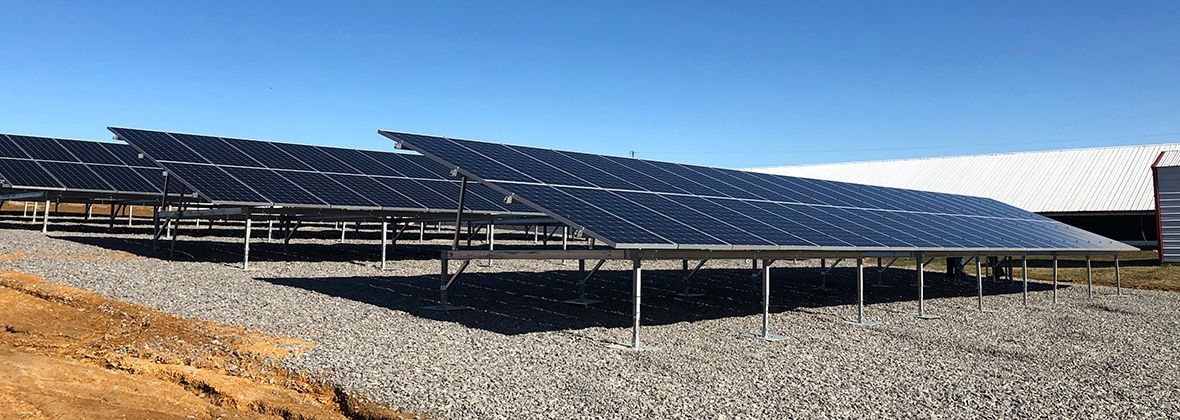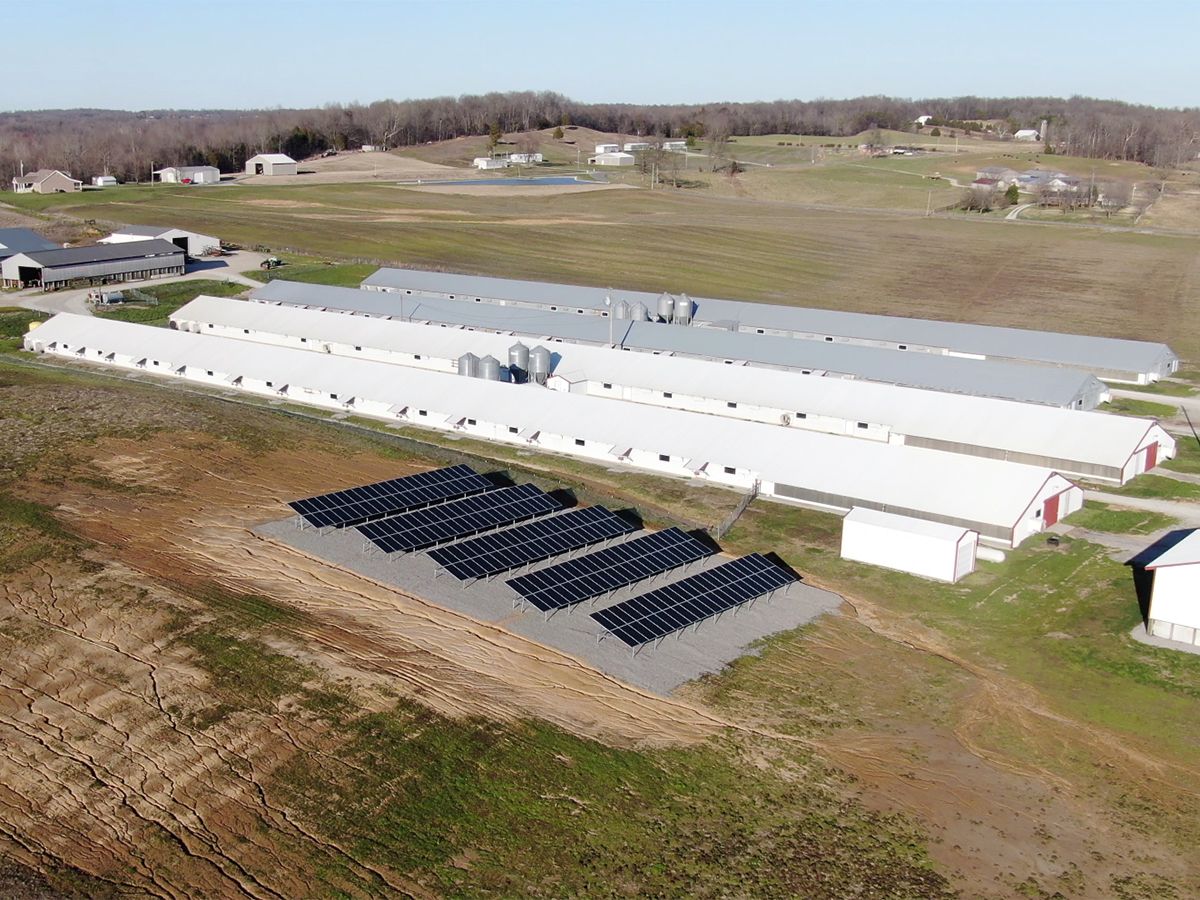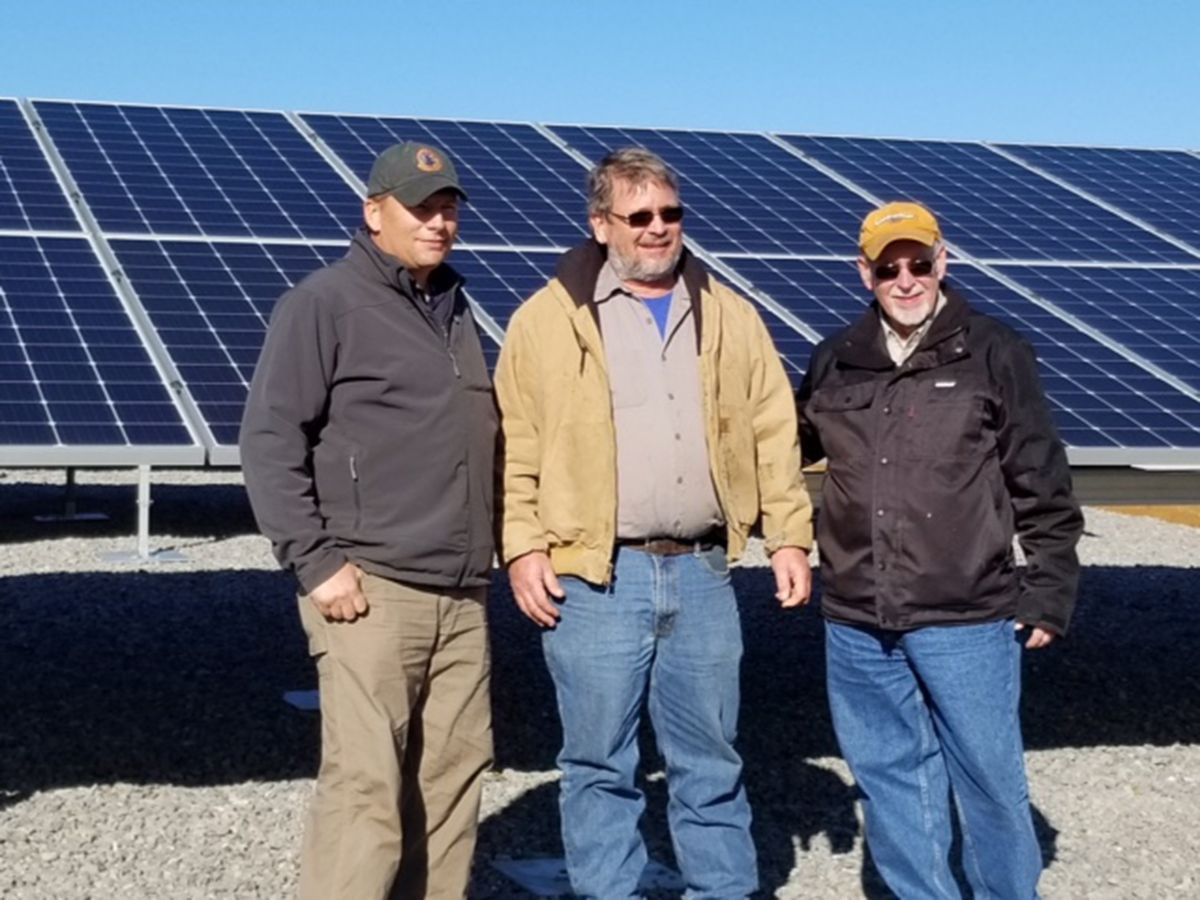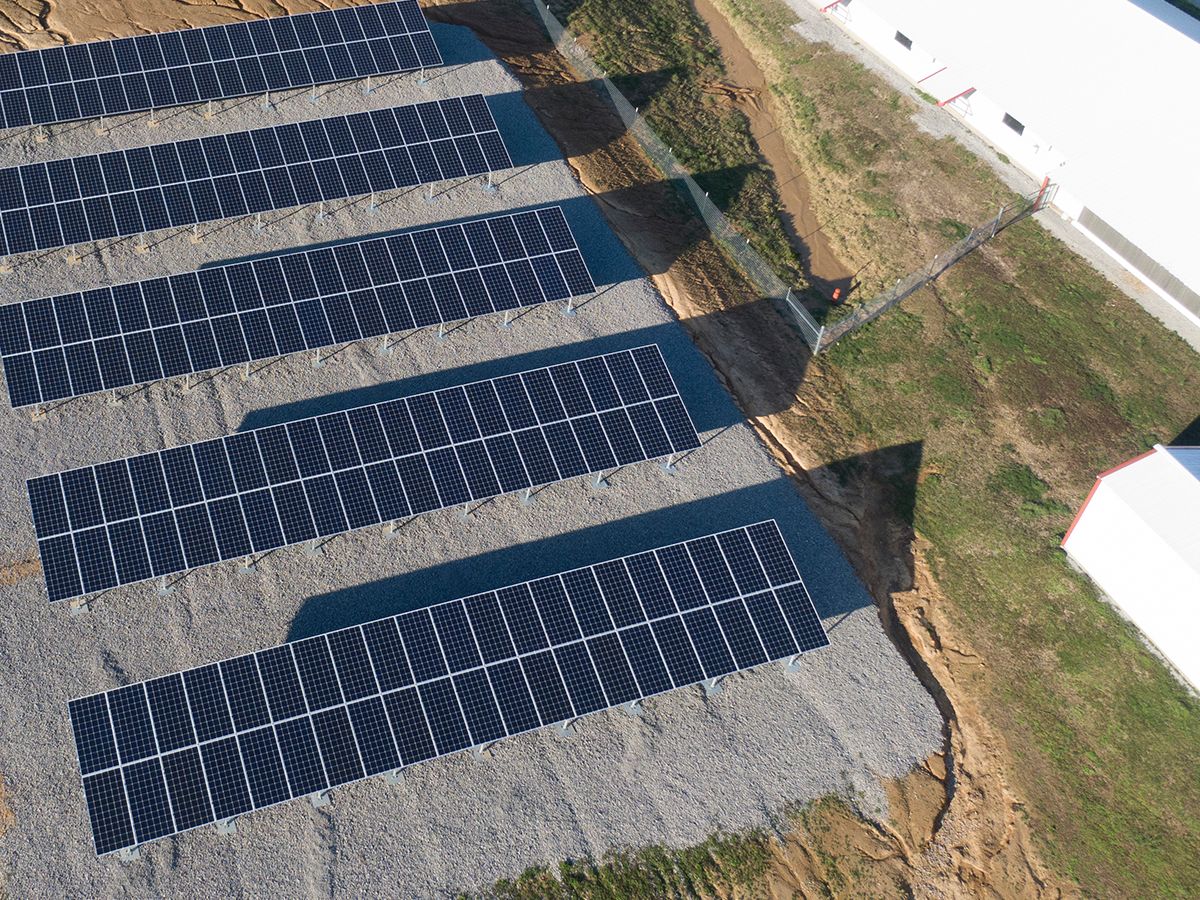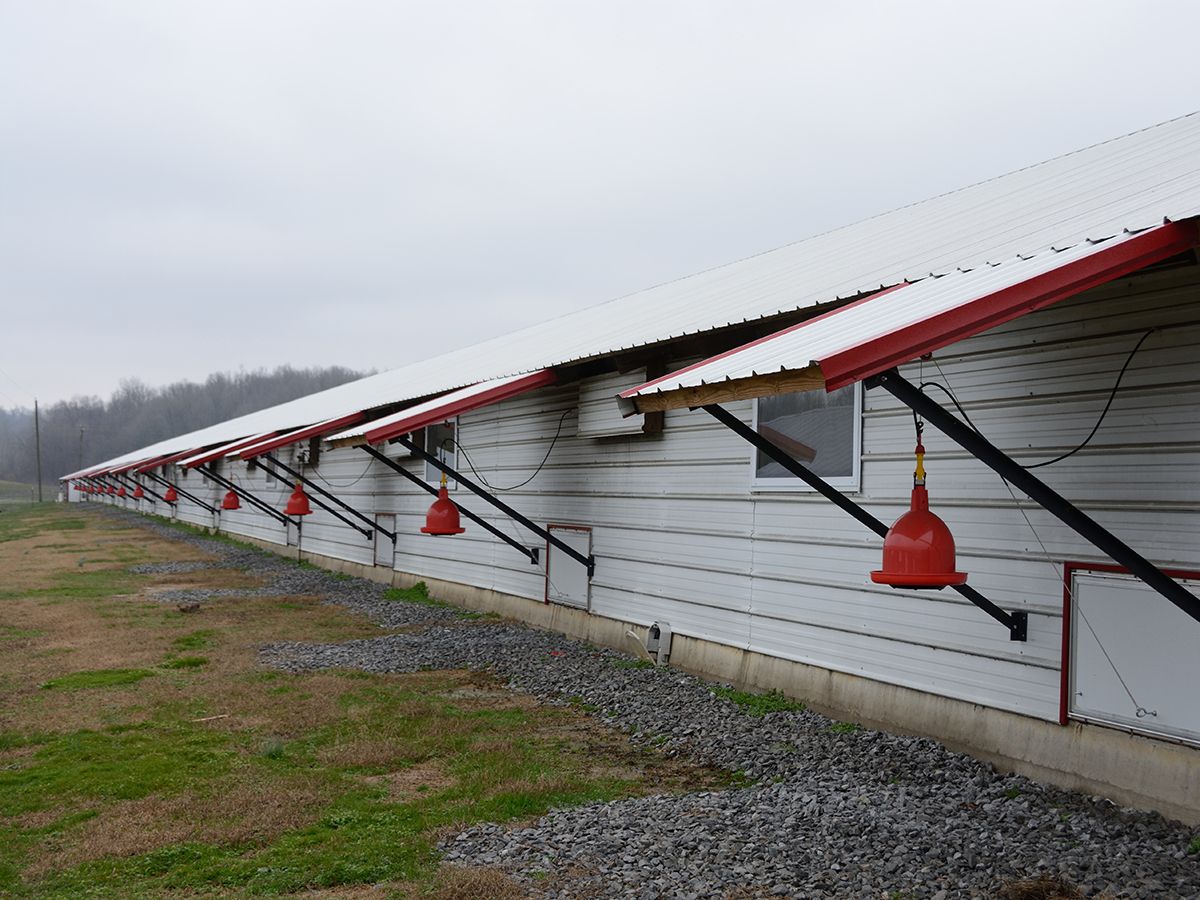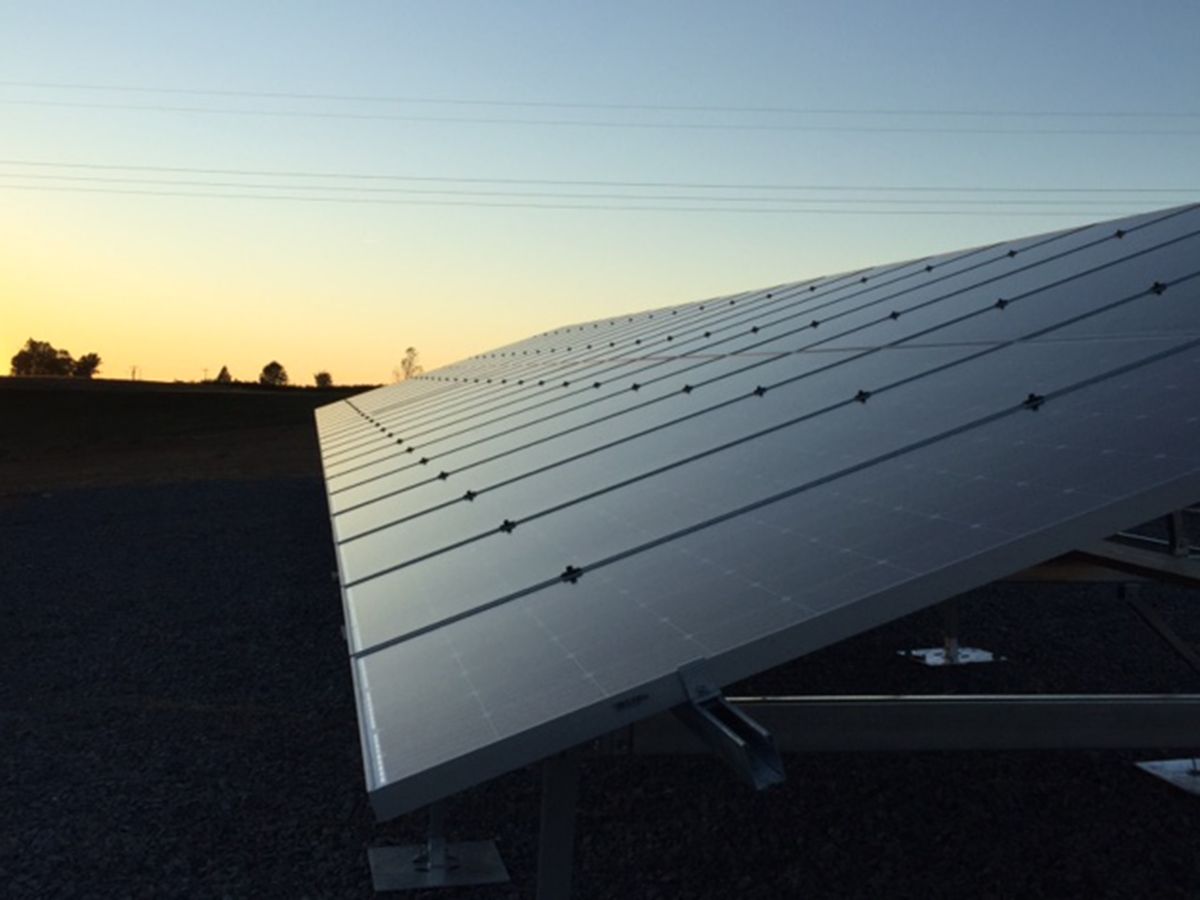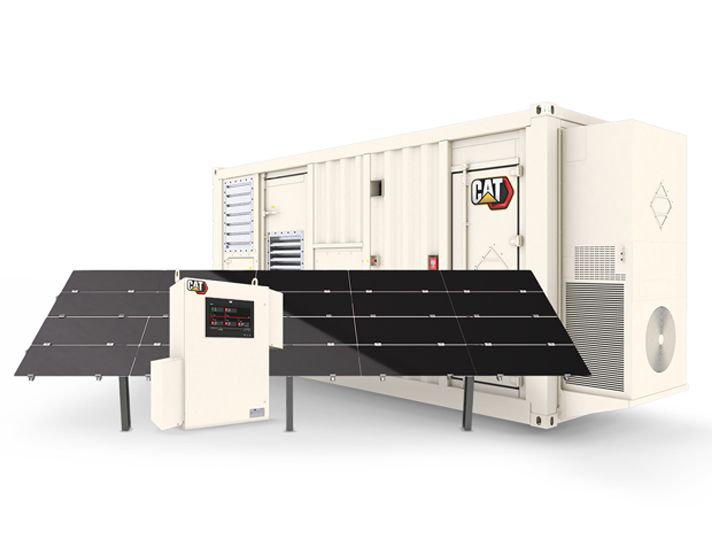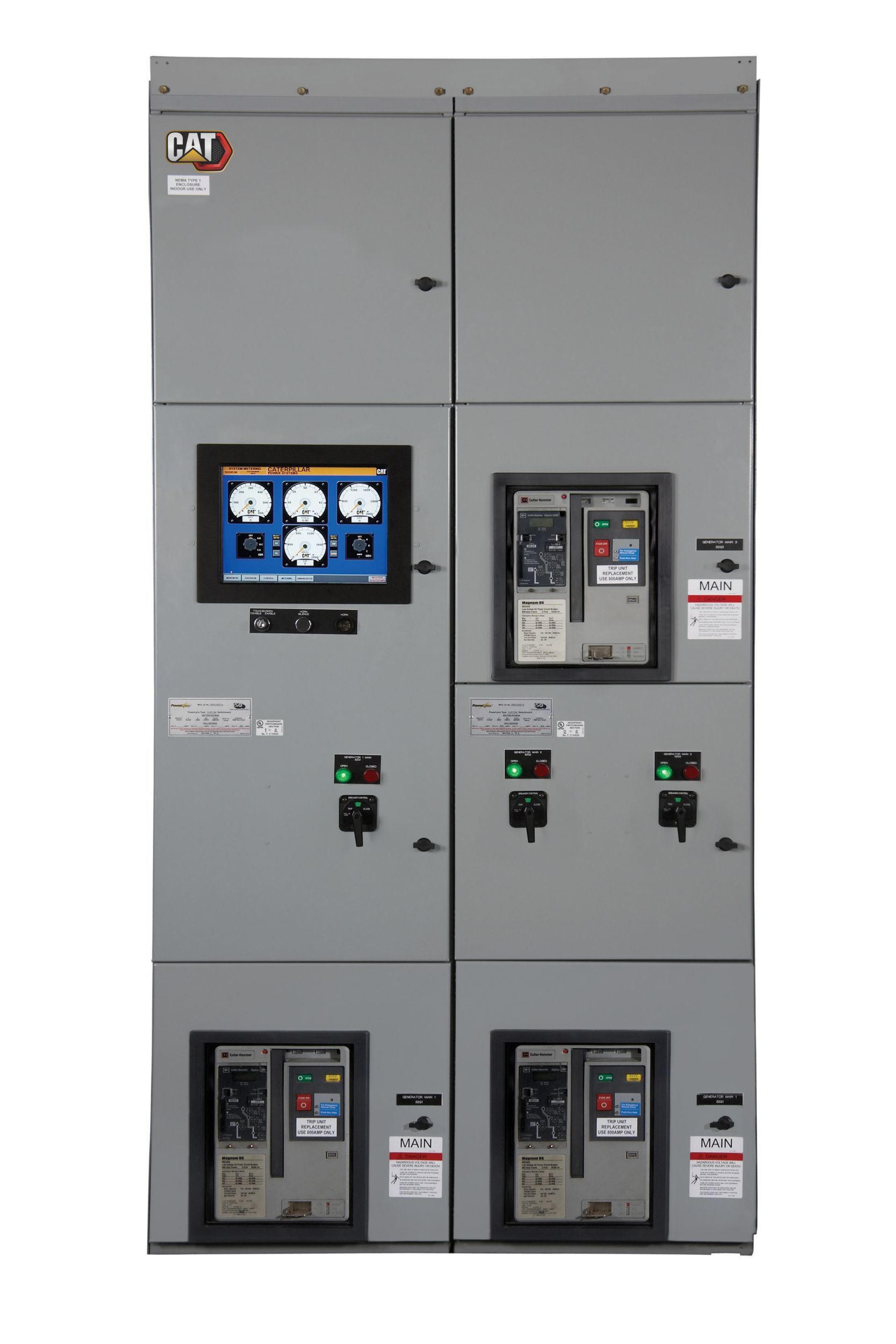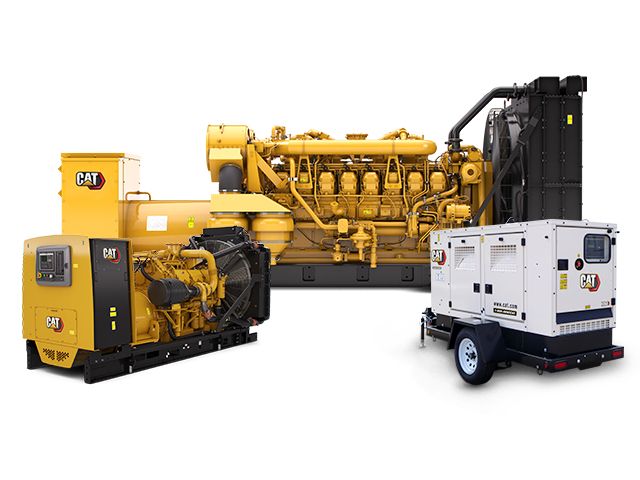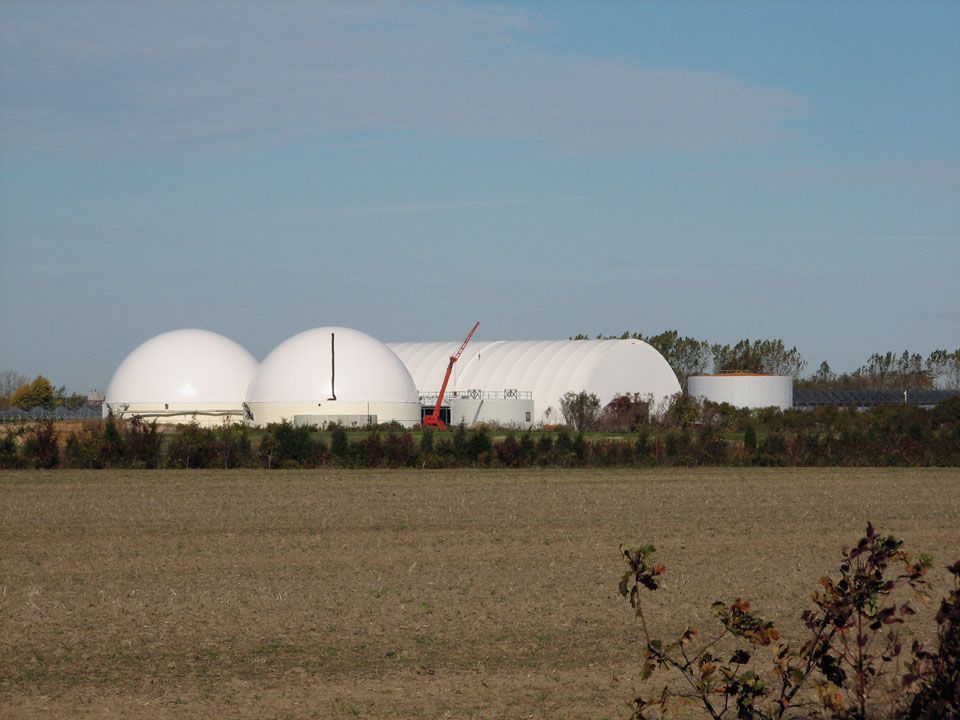POWER NEED
Farming has run in Roger Shocklee’s family since the late 1800s, when his great grandfather worked the land in western Kentucky.
As a fourth-generation farmer, Shocklee bought the original six acres from his grandfather in 1991 while continuing to work at his day job in the mining industry. Five years later, he purchased the rest of the farm in Livermore, Ky. and started working it full-time after he decided to raise chickens—constructing two poultry barns at the end of 1996. Ten years later, he added two more of the structures.
Shocklee is a contract farmer for a national food company, raising nearly 500,000 chickens annually at his facility 20 minutes south of Owensboro, Ky. Five times a year, he is provided with a flock of chicks, which take anywhere from 48 to 51 days to raise. There are approximately 25,000 chickens in each of the 20,000-square-foot poultry houses, which measure 500 feet long.
As Shocklee’s integrator, the food company provides the chicks and the feed, while he provides the buildings, labor, water and electricity to heat and cool the low-slung poultry houses.
Buck Creek Farm follows a set protocol to raise the chickens. There are temperature standards to maintain during the growing cycle, and the poultry buildings are climate controlled.
“Essentially, we have a cooling system to keep the chickens cool in hot weather, and, of course, we have a heater to keep them warm in the cold weather,” Shocklee says. “It’s all computer controlled. If we have an extremely hot, humid spell, and if chickens are close to market age, it becomes more difficult to maintain their comfort.
“With poultry being in a closed, confined building, we have no room for mechanical breakdown as far as electrical energy,” he says. “We have fans running 24/7 to keep ventilation adequate. So, it’s very critical to have a solid, dependable electrical supply on the farm.”
The farm’s energy bill is its largest expense, representing about 50 percent of total operating costs. And four years ago, Buck Creek Farm saw a 42 percent increase to its utility bill when several large industrial users dropped off the local power grid.
SOLUTION
In April 2019, Shocklee saw a social media post from the ag manager at Cat® dealer Boyd Cat (formerly known as Whayne Supply). The Facebook posting touted Cat solar panels as an economical way to offset energy costs.
“Solar energy appealed to me,” Shocklee says. “Not only is it a convenient form of renewable energy, but I saw it as a way to insulate me from future price increases.”
Shocklee was put in contact with Boyd Cat renewable energy rep Steve Killian, who provided him with a financial assessment of the costs involved in installing a solar array, as well as the logistics involved.
Ultimately, the idea made a lot of sense in that a 25 percent grant was available from the USDA Rural Energy for America Program, as well as a 30 percent federal income tax credit. What’s more, Shocklee learned he would receive a one-to-one energy credit from the utility for every kilowatt he put back on the grid—a concept known as net metering.
“So when you’re not using energy, you’re actually pushing energy back to the utility—turning the meter backwards—and the utility is giving you a one-to-one credit on your energy bill,” Killian says. “So, if you’re getting charged 12 cents a kilowatt from the utility, they’re going to credit you the same amount for whatever you give back to them.”
Shocklee opted in, and with Boyd Cat serving as the general contractor, the solar installation began in mid-September and was completed two months later. The 70 kW system features monocrystalline panels and inverters, which convert the DC voltage from the solar panels to AC voltage. That AC voltage is directly connected to and parallels with the grid.
The utility company, Kenergy, has a 30 kW maximum limit for net metering. The utility came out to Buck Creek Farm and installed three bi-directional meters—two 30 kW meters for the poultry barns, and another meter for the shop facility.
A wireless monitoring system enables Shocklee and Killian to keep tabs on how much power the solar array is generating and sending back to the grid.
“On the computer in my office, we can look at each of the three meters and see how much energy he is buying from the utility and how much our solar is generating,” Killian says. “And we can also determine how much energy was bought from the utility in the last 30 days, and what was generated by the solar, which provides the offset.”
A standard solar panel (also known as a solar module) consists of a layer of silicon cells, a metal frame, a glass casing, and various wiring to allow current to flow from the silicon cells. Silicon is a nonmetal with conductive properties that allow it to absorb and convert sunlight into electricity. When light interacts with a silicon cell, it causes electrons to be set into motion, which initiates a flow of electric current. This is known as the “photovoltaic effect,” and it describes the general functionality of solar panel technology.
The monocrystalline solar modules provide reliable energy in all climates and applications. Panels are tested to pass accelerated life and stress tests beyond industry standards. The Cat branded solar panels come with warranty protection and 25-year power assurance backed by Boyd Cat.
“My decision to implement a solar module system was reinforced by that fact that Caterpillar has been around for nearly 100 years,” Shocklee says. “And Whayne Supply/Boyd has been around just as long. So that gave me confidence that our project would be supported in the future. And you’re buying a project that’s supposed to have a 25-year life expectancy, so that was important, too.”
RESULTS
During those 18- to 21-day intervals when Buck Creek Farm is not raising chicks, the extra power generated by the solar panels is sent back to the grid, producing an energy credit for Shocklee.
While his system did not become fully operational until early December, Shocklee estimates that the combination of tax and utility credits will reduce his energy bill by about 75 percent annually. Payback on the project should be achieved in four years. Over the 25-year life of the solar panels, the system is expected to provide a cumulative cash flow of $530,000 for Buck Creek Farm.
With a high concentration of poultry farmers in Western Kentucky—there are more than 850, according to Killian—solar energy makes sense for all the reasons that prompted Shocklee to invest in it. While utility rates will only increase as time goes on, solar energy provides a stable, renewable a source of energy, and maintenance costs are minimal.
Shocklee’s solar array has been generating energy for several months—albeit in the darker, less sunny winter months—but he says he has already noticed a decrease in his energy bill.
“And I figure it will make my operation more valuable if I should ever choose to sell,” he says.
Download the Power Profile


